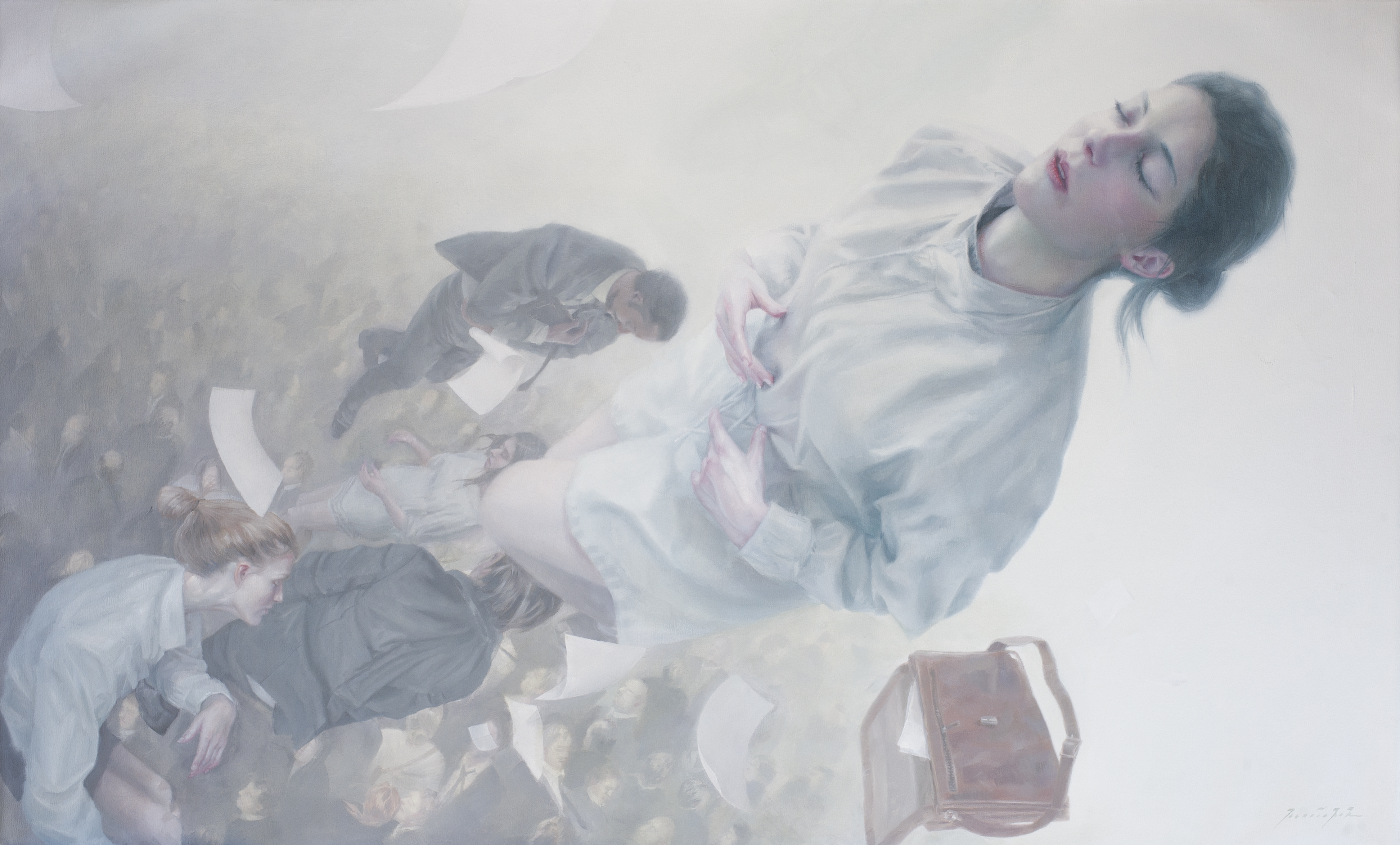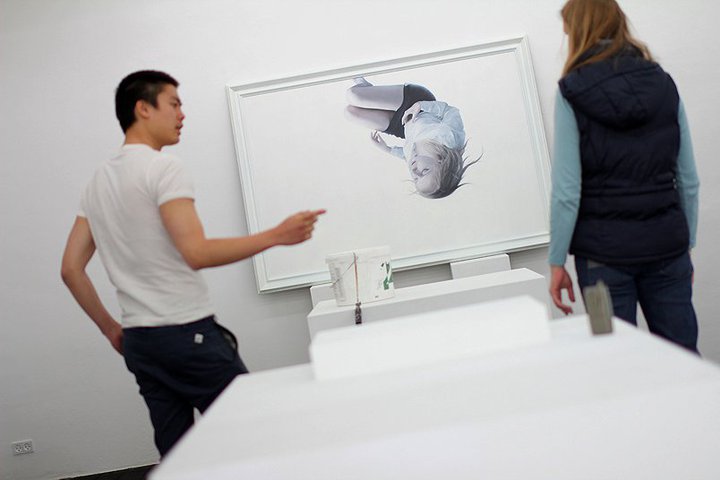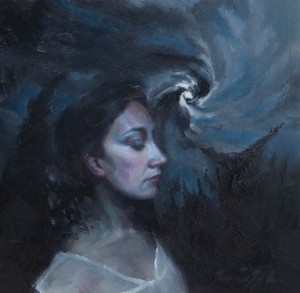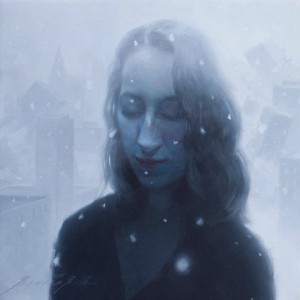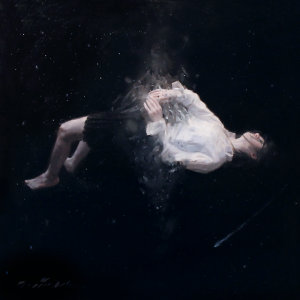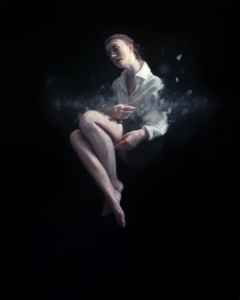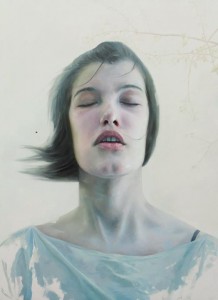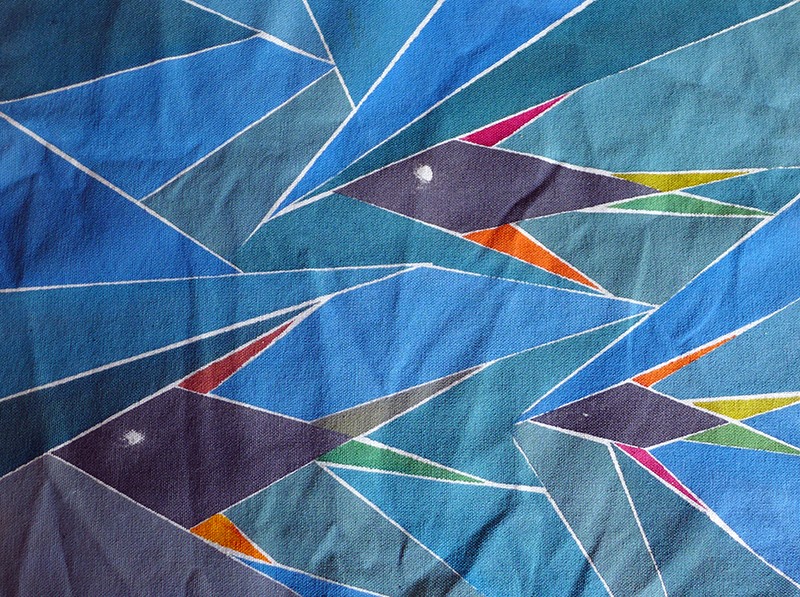We recently caught up with Henrik Uldalen, who is a tremendously talented young Norwegian oil painter. We decided to put him through the pace with some key questions regarding his style and methodology behind his works.
Q.Tell me a bit about yourself- How did your life in art begin?
I have always been interested in art, and especially drawing. Sitting in class drawing instead of working on the assigned tasks. But when I was around 16 years old I saw my limitations, and decided I wouldn’t make it as an artist. It wasn’t before I started studying to be an art teacher that I tried oil painting for the first time. I met a couple of guys there who was in the same situation as me. We were all very interested in drawing and painting. We started experimenting with different mediums, and when I tried oil painting for the first time, I knew this was it. This is what I want to do the rest of my life. Suddenly I was able to do everything I wanted to do before, but couldn’t do.
Q. What is your favorite personal piece(s) of art? What does it mean to you? Include Images please.
I have several favorite pieces, from different periods of my life. They usually communicate the same things, but said with different words. Back in the days when I had a bright light period, I was way more patient when I painted. I didn’t enjoy the process as much, but loved the results. These days I enjoy the process and the results, but they’re obviously rougher and less detailed. In a way it feels like a much more direct and honest expression, closer to my current moods and thoughts. When I work with a piece for months, I don’t necessarily feel that way when I get close to finalizing the piece, I’m just finishing the job. But these pieces are as close to a true feeling as I get.
Q. Can you describe your working process from idea to finished product? It seems that you dive right into it, rather than starting with an underpainting or outline etc. Can you tell us more about that?
I usually have a vague idea of something I want to express, and it’s usually an abstract feeling or an atmosphere. I start out with a photo shoot with a model, to see if I can translate my feelings into a body. I play around with colors and compositions in Photoshop for a while, before starting painting. I paint with a technique called “Alla Prima”, which means I paint everything at once, not in layers. So when I start a painting, I begin in one area and finalize the piece as I go along. No initial sketch, no color or value corrections along the way, and I never paint on top of dry paint. It’s partly because I am an inpatient being, and need fast results, as well as being lazy. If I need to express something real, I prefer it being done fast.
Q.What are some key ideas for those determined to become an established artist?
It’s a difficult question. I can only tell what’s been working for me. For me it’s been helpful having likeminded people around me. When I first started out painting I had a couple of friends with the same spirit, and that inspired us a lot. Also I find it helpful to be analytical about what you want. If you know what type of imagery you want to create, do all you can to achieve it; read interviews, watch tutorials, visit museums and galleries etc. Also one should think about what you want to express. Do you have anything you want to say? How can that be said, and how would you approach the concept. I think to make it these days, you need to set yourself apart from the bunch, so finding a new way to say something is always a good idea.
………………………………………………………………………………………………………….. Popular articles : NEPAL – REACHING HIGHER TOGETHER article by Ertharin CousinART EVOLUTION: ARTNET CEO JACOB PABST ON TRANSPARENCY, DIVERSITY AND THE FUTURE OF THE ART INDUSTRY article by Julia Volyanska
…………………………………………………………………………………………………………..
Q.Can you tell me 3 artists that inspire you and why?
David Lynch. He’s a movie director, I know, but I usually get more inspired by other mediums than my own, as I tend to get lost in the technical details of other paintings. Lynch works with abstracted narratives, focusing on dark and surreal atmospheres. In many ways I feel that movies is a far superior art form, as it’s not only visual as painting, but audiovisual as well. Lynch is what I want to be, just in painting.
Various musicians; Warpaint, Other Lives, Agnes Obel, Chelsea Wolfe. I could make such a long list, but I’ll stop here. There’s no second in my life without music. Every painting and exhibition I make has a soundtrack to go with it.
Nicola Samorí. I’m a huge fan of Samorí’s work. It’s technically brilliant, as well as it’s dark and conceptual. His paintings are like spectacular nightmares, but I almost love his ideas better. He can paint something perfectly, and then scrape it down. It’s as the paintings transits to a state of sculpture.
Q. What does the future hold for you; what is next?
I will continue on traveling, as I have the latest years. Besides that I have no other plans than the simple task of finding high emotions and happiness. I will of course paint while I do it, working with different galleries from the US and UK.
Q. How do you think your art impacts others?
I hope the viewer gets an ominous, ambivalent feeling that speaks to them not only about beauty, but the deeper ideas of humanity and existentialism. It’s a lot to ask from the viewer, but that’s what they’re about, so one would always hope that this shine through.
Q. Do you follow any philanthropic causes? If so, how do you see them impacting our world?
I don’t follow any causes in particular, but I try to be as good as a human being as possible. I give to charities , recycle and try to eat as little meat as possible. But it’s difficult helping out if you’re a nihilist and pessimist as I am. The fact that even with the best intentions, we will ruin the world. Most people are good, but we’re still too hung up on country borders, fighting petty wars and personal comfort. By the time we have realized what we’re doing with this world, it’s going to be too late. It feels like the Cassandra syndrome. It like I know the truth, but are unable to convince people and make a change.
Q. How did you develop your style? Has is changed much over the years?
I guess I’ve always been quite clear about how I’ve wanted my images to look, so I started actively searching for information on the different techniques and ways to achieve that look. But since those days my paintings has changed a lot over the years in terms of physical appearance, but thematically it’s much of the same as earlier years. I’ve just found other ways of express my emotions and thoughts. Brush strokes, motives and ways to say things changes every second year, when I look at my production from above.
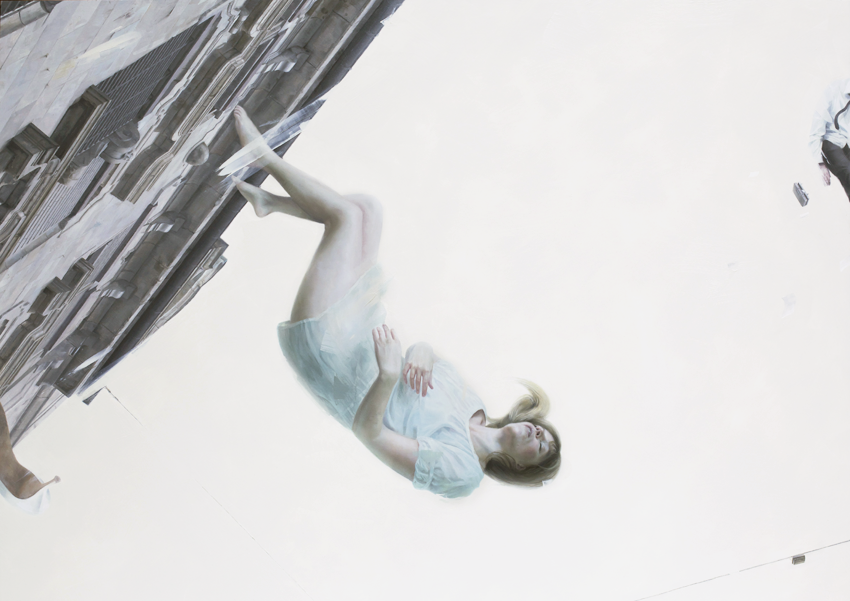
Q. Do your pieces have meaning behind them? Or do you pick a subject because it’s fun/looks cool etc.?
All my paintings are self-portraits of my inner emotional life(or lack of). They have meaning for me, as well as trying to communicate something to the viewer. I’m always exploring the thoughts about humanity and meaning of life, but also personal issues like loneliness, melancholia and numbness. My art in relation with people is more complicated. I would love for them to feel what I feel, see what I see, and perhaps even change people, even though that’s a bit much to expect.
More info on the subject – Find Orion Gonzalez on www.thingser.com
Henrik Uldalen Instagram


